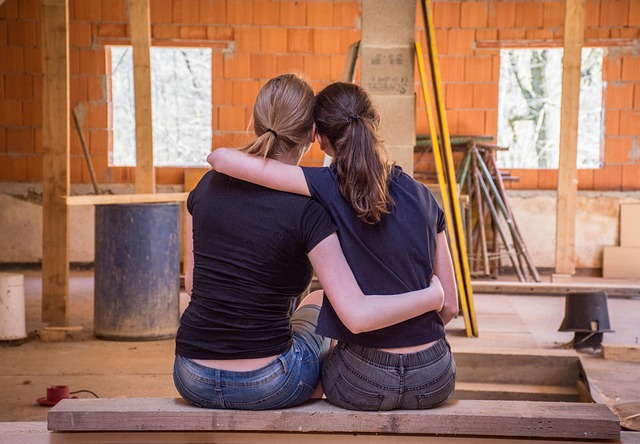
Relationship Dialogue Empathy First Communication Tips
In every partnership, the way we talk to one another shapes the foundation of trust, intimacy, and mutual growth. A conversation that is rooted in genuine understanding—what we call relationship dialogue—transforms moments of conflict into opportunities for connection. This article explores how to weave empathy into the fabric of your everyday exchanges, offering practical steps that help partners feel heard, respected, and supported. Whether you are just starting out, navigating a rough patch, or simply seeking to deepen your bond, these insights can guide you toward more compassionate communication.
Why Empathy Matters in Relationship Dialogue
Empathy is more than a polite response; it is the bridge that links two distinct inner worlds. When partners practice empathy, they are able to suspend judgment, consider each other’s perspectives, and validate feelings before reacting. Research in relational psychology shows that couples who regularly practice empathic listening report higher satisfaction, fewer arguments, and a stronger sense of partnership. Empathy does not require agreement, only the willingness to step into the other’s shoes, recognize emotional currents, and respond with care.
- Creates a safe space for vulnerability.
- Reduces defensiveness and escalation.
- Fosters long‑term emotional resilience.
Common Pitfalls that Undermine Relationship Dialogue
Even the most well‑intentioned conversations can slip into patterns that erode connection. Identifying these pitfalls is the first step toward change:
- Assuming the Other’s Intent: Jumping to conclusions about motives can ignite unnecessary conflict.
- Interrupting or Over‑Interrupting: Cutting off the speaker signals a lack of respect.
- Focusing on Solutions Too Soon: Fixing the problem before fully understanding the feeling can invalidate the other’s experience.
- Using Absolutes: Statements like “You always” or “You never” trigger defensiveness.
Active Listening: The Core of Empathic Conversation
Active listening turns a routine exchange into a deep listening session. The following techniques anchor your attention and demonstrate genuine care:
- Reflective Summaries: Paraphrase what your partner said to confirm understanding.
- Open‑Ended Questions: Ask “How did that make you feel?” instead of “Why did you do that?”
- Body Language: Maintain eye contact, lean slightly forward, and keep an open posture.
- Silence: Allow pauses for reflection; silence can be a powerful space for processing.
Nonviolent Communication: A Structured Approach
Nonviolent Communication (NVC) is a method that focuses on observing, feeling, needs, and requests. Applying NVC to your relationship dialogue helps you express yourself clearly while preserving empathy:
- Observe Without Evaluation: Describe facts, not judgments (“When you left the dishes in the sink…”).
- Express Your Feelings: Use “I” statements about emotions (“I feel overwhelmed…”).
- Identify Needs: Connect feelings to underlying needs (“…because I need support in managing chores.”).
- Make a Request: Offer a specific, doable action (“Could we set a shared schedule for cleaning?”).
Handling Emotions During Conversation
When emotions surge, the conversation can derail. Here are tools to keep dialogue constructive:
“Take a breath, count to five, and ask yourself: ‘Am I listening or reacting?’”
When you notice a rising temperature in the conversation, pause and reset:
- Request a short break (“Can we pause for a minute and regroup?”).
- Use grounding techniques—focus on breathing, name five things you can see.
- Remember the core goal: to understand, not to win.
Daily Practices to Strengthen Empathic Dialogue
Consistent habits cultivate empathy more effectively than occasional interventions. Try these practices every day:
- **Morning Check‑In:** Spend a few minutes asking, “What’s on your mind today?”
- **Evening Reflection:** Share one thing that made you feel supported that day.
- **Random Acts of Listening:** Interrupt a routine activity to listen to your partner’s thoughts.
- **Gratitude Journal:** Write a short note about something you appreciate, then read it together.
These rituals reinforce the habit of listening first, talking second, and create a reservoir of positive experiences to draw upon during conflict.
Next Steps: Turning Insight into Action
Empathy in relationship dialogue is a skill that evolves through practice. Begin by setting a realistic goal: pick one listening technique to master this week. Keep a simple log of conversations where you notice progress. If you find yourself slipping back into old patterns, gently remind yourself of the principles we’ve outlined—observe, feel, need, request—and reset. Over time, the dialogue in your relationship will become a source of connection rather than conflict, allowing both partners to grow together.

